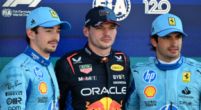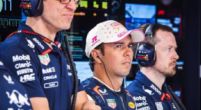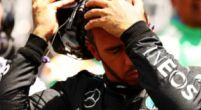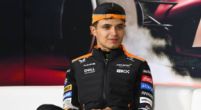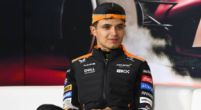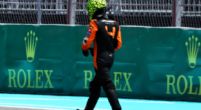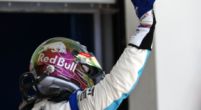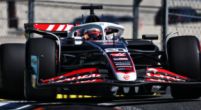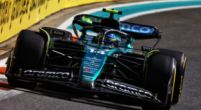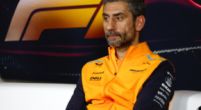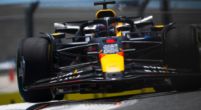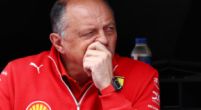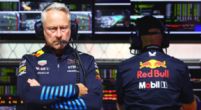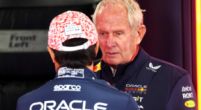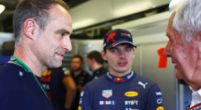Tech

F1 tech analysis | Why Red Bull made this key change on Friday in Japan
After 16 rounds and 15 victories, Red Bull Racing won the Constructors’ championship at the Japanese Grand Prix. Max Verstappen won from pole position, and the two McLarens got the team’s first double podium of the season. However, there are some technical changes which made the Red Bull performance possible. This article explores the technical reasons behind their performance.
Red Bull ran the new floor
After all the rumours and discussions about the possible effects of the TD018 and TD039 introduced in Singapore (even though we strongly believed the problems they had were only track-specific), Red Bull and Verstappen proved all the critics wrong in Suzuka by returning to winning ways with a 20-second gap to Lando Norris in P2.
Already on Thursday, the two-time World Champion was confident his car would behave better in Japan and, since Friday, showed the unattainable potential. However, during Friday’s FP1, the team ran the new floor previously tried in Singapore. Verstappen ran the modified version, and Perez ran the older version, both with a single-element beam wing configuration sprinkled with flow-viz, used to study the effects of flow extraction from the diffuser.
The new floor was designed to increase the general downforce produced by the Venturi channels and to better seal off the flow underneath the car so it wouldn't suffer from gusts of wind. Wind gusts can make the car unstable. The choice to run the single beam wing element was caused by the fact that the team was trying to discover how the new floor modified the flow not only in the low-pressure area under the car but also at the exit of the diffuser. This beam wing, in fact, should have guaranteed a lower drag, but this probably wasn’t the best one to be used, as they tried a new solution in FP2.
The new double-element beam wing presents a very particular shape, with the upper element having a fairly long chord in the attachment section to the rear structure, which is shortened towards the endplate. Furthermore, this configuration has a shape with the objective of pushing the external flow towards the endplate of the rear wing, while the internal one feeds the airflow coming from the rear wing and the diffuser.


Tyre management
The team finally opted for the second version, shown in the drawings above. These little changes to the aerodynamic aspect of the car, together with a nailed mechanical setup, made the RB19 extremely quick not only in the first sector, where drivers need to have a very stable rear end to push to the limit in the Esses but also allowed to make the soft tyres last throughout the qualifying lap. This was a difficult aspect for all teams, as the rears overheated and didn’t provide enough traction at the exit of the final chicane.
This perfect balance made Verstappen’s race easier after a good start since the car was fast on every compound, as the Dutchman confirmed in F1's post-race interview: “Unbelievable weekend. To win here was great. The car worked really well on every compound. [...] The most important thing was to win the constructors. Very proud of everyone working at the track and at the factory. We are having an incredible year."
Christian Horner praised Verstappen's work when speaking to Sky Sports F1: "It's the collection of an incredible effort of everybody doing their bit to achieve results like we've done and of course, Max is just on another level at the moment. Today was an incredible performance." Sergio Perez, however, never seemed to have confidence with the car, as he only managed to get P5 in qualifying and was forced to retire the car after a contact with Hamilton and Sainz at the start and with Kevin Magnussen in turn 11, a few laps later, making his race one to forget.
Red Bull securing their sixth Constructors' title so early proves that this year’s car has been one of the best cars this sport has ever seen. The RB19 has proved to be a well-balanced car, generating a lot of downforce from the Venturi channels and remaining one of the most efficient cars on the grid. These qualities, matched with a brilliant suspension system and chassis that made the aerodynamic platform extremely stable in every kind of corner and with an excellent PU, hybrid system and driver, puts the RB19 into its own category in 2023.




